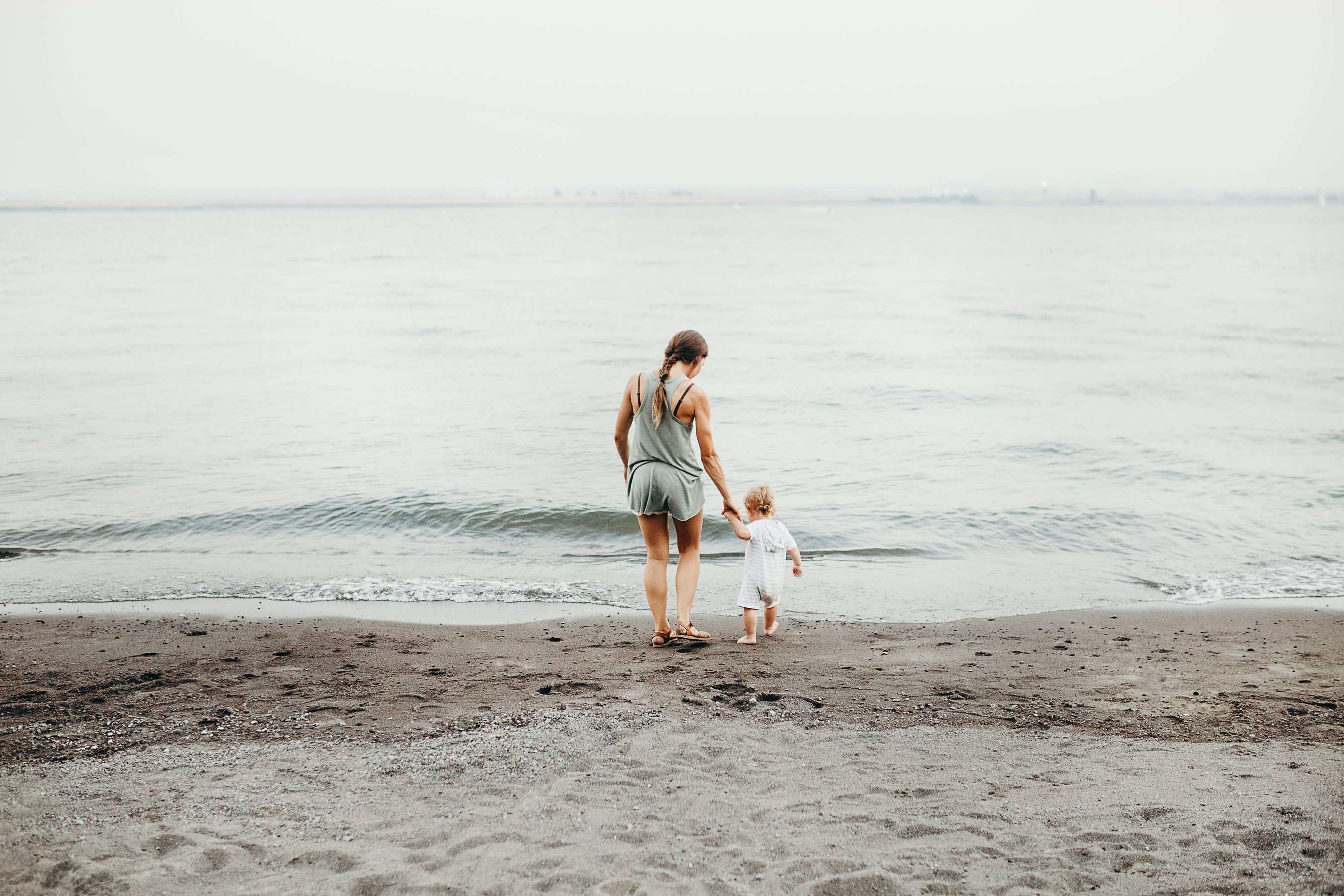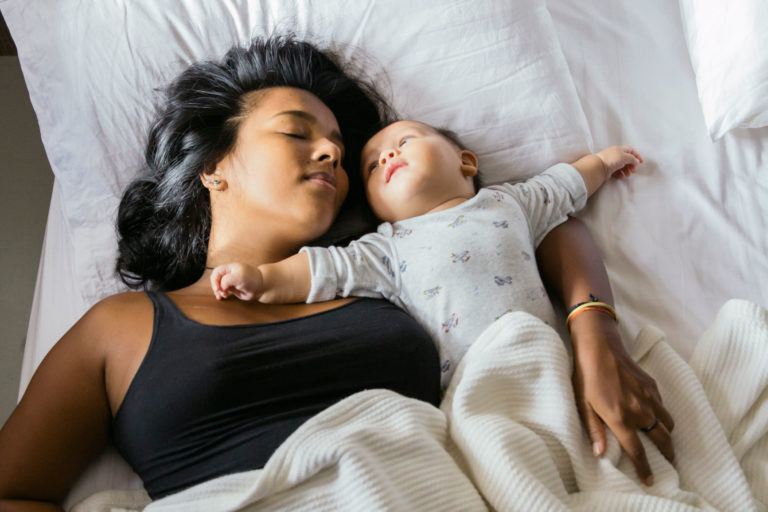Finally, your bundle of joy has arrived! Those first several weeks just seem to fly by, don’t they? Adjusting to feeding schedules and sleeping routines (or lack thereof) can be overwhelming at best. Sadly, many people also live with pain, especially during intercourse, and even urine leakage (incontinence). While medication, and in some situations even surgery are recommended, these are certainly not the only treatment options.
There is a solution that could be right for you
Pelvic Floor Physical Therapy (PT) is a specialized type of therapy that can alleviate, and in most cases eliminate, some of these problems following your delivery. There have been numerous published studies to support the effectiveness of Pelvic Floor Physical Therapy.
Most people don’t talk about it
Throughout postpartum, many are a bit reticent to discuss these very important issues usually due to embarrassment, and also because they don’t believe there is a solution. Usually, following childbirth, the tissues should heal by your 6-week check-up. If you are still having pain, you should tell your doctor. If your doctor is not aware of this type of PT, you may want to suggest this as a plausible avenue for treatment.
What you need to know
It is normal to feel vaginal discomfort the first few times you have intercourse following vaginal delivery. But, it is important that you do not push past the discomfort to avoid pain. This discomfort may be due to vaginal tears, episiotomy scars, forceps or vacuum delivery, the baby’s pressure on your pelvis during the birthing process, and/or low estrogen levels during chestfeeding.
Some may experience urinary leakage when they lift, cough, sneeze, or laugh which is termed “stress incontinence.” This occurs when abdominal pressure increases. Normally, one’s pelvic floor muscle strength can counteract this, but following the birthing process, these muscles may be weakened and in some cases torn. Your Physical Therapist can help with retraining your pelvic floor musculature.
Some people may also experience joint pain. This may be caused by physical strain while carrying the fetus, the secretion of the pregnancy hormone relaxin, which relaxes the ligaments, and the rigors of labor. There are many traditional types of PT treatments available to help with this. They may include: stretching and strengthening exercises, hands-on techniques, modalities, and posture retraining. These exercises will be specifically tailored to a body recovering from childbirth, as traditional exercise may not be appropriate. A Physical Therapist can also offer you lactation support, advice on burping positions, and suggestions for proper lifting techniques to reduce the stress on your joints.
What treatment involves
Your PT will use a variety of hands-on treatment techniques to stretch, release, balance, and desensitize some of the tissues involved. They may use biofeedback, electric stimulation, as well as manual techniques to help jump-start these muscles in order for them to contract normally.
PT visits are generally weekly. Typically, postpartum pain patients require 10-12 visits for vaginal pain, 4-6 for incontinence, and 6-8 visits for joint pain (unless there is a pre-existing condition). At the end of the course of treatment, most people feel significantly or completely better. In the state of New York, you can see a PT without a script from a physician for as many as 10 visits spanning a four-week period of time. The costs range per visit depending on treatment and many insurances will provide coverage for the visits.
This article was written by Gail O’Neill, PT, a Licensed Physical Therapist, and Pelvic Floor Specialist in New York City with over 30 years of Orthopedic experience in Physical Therapy. As a mother of three, she is passionate about helping women who are affected by these common discomforts. 






